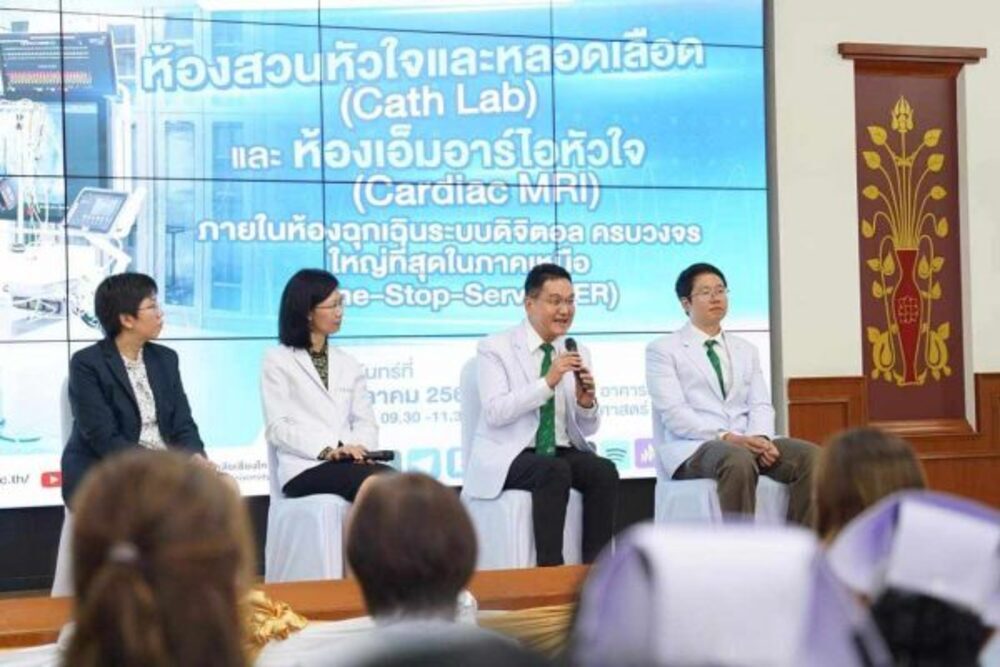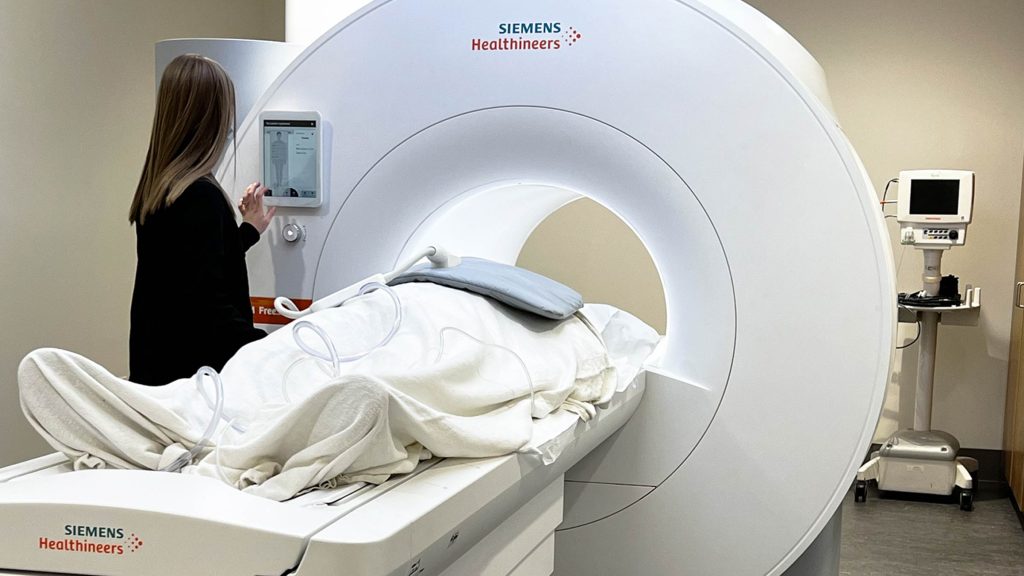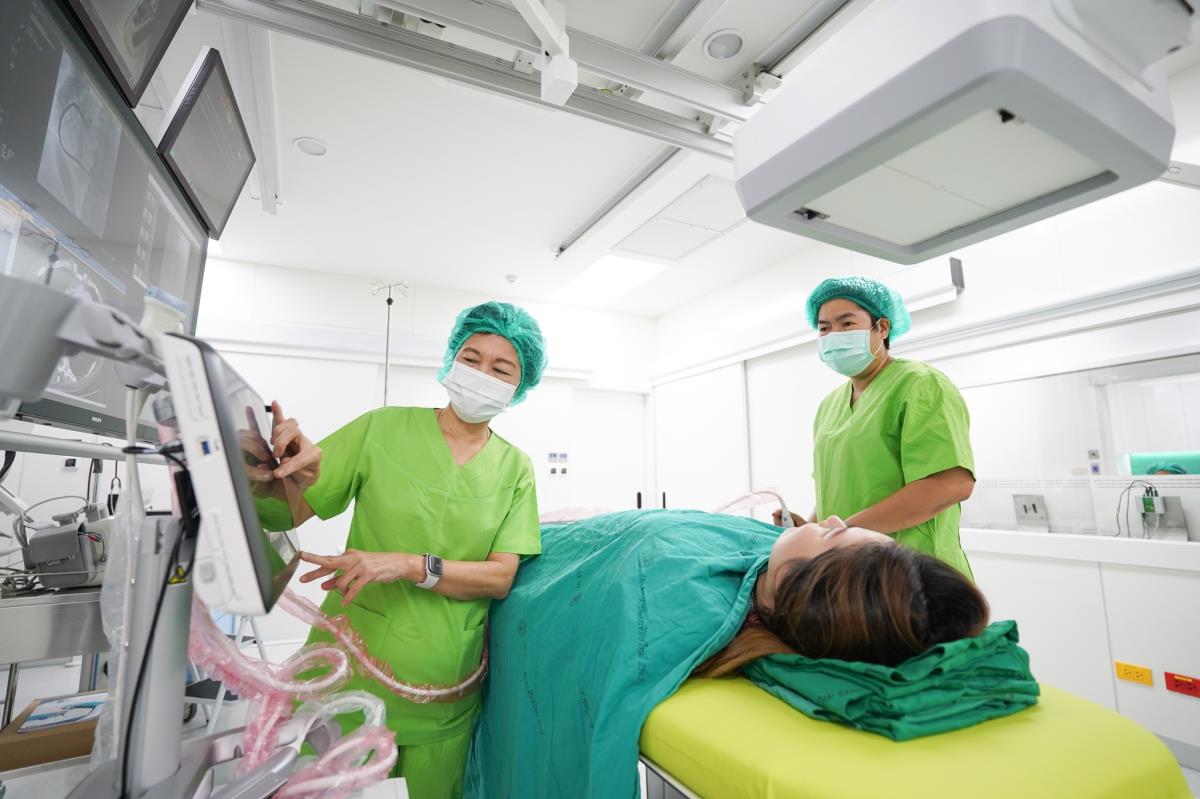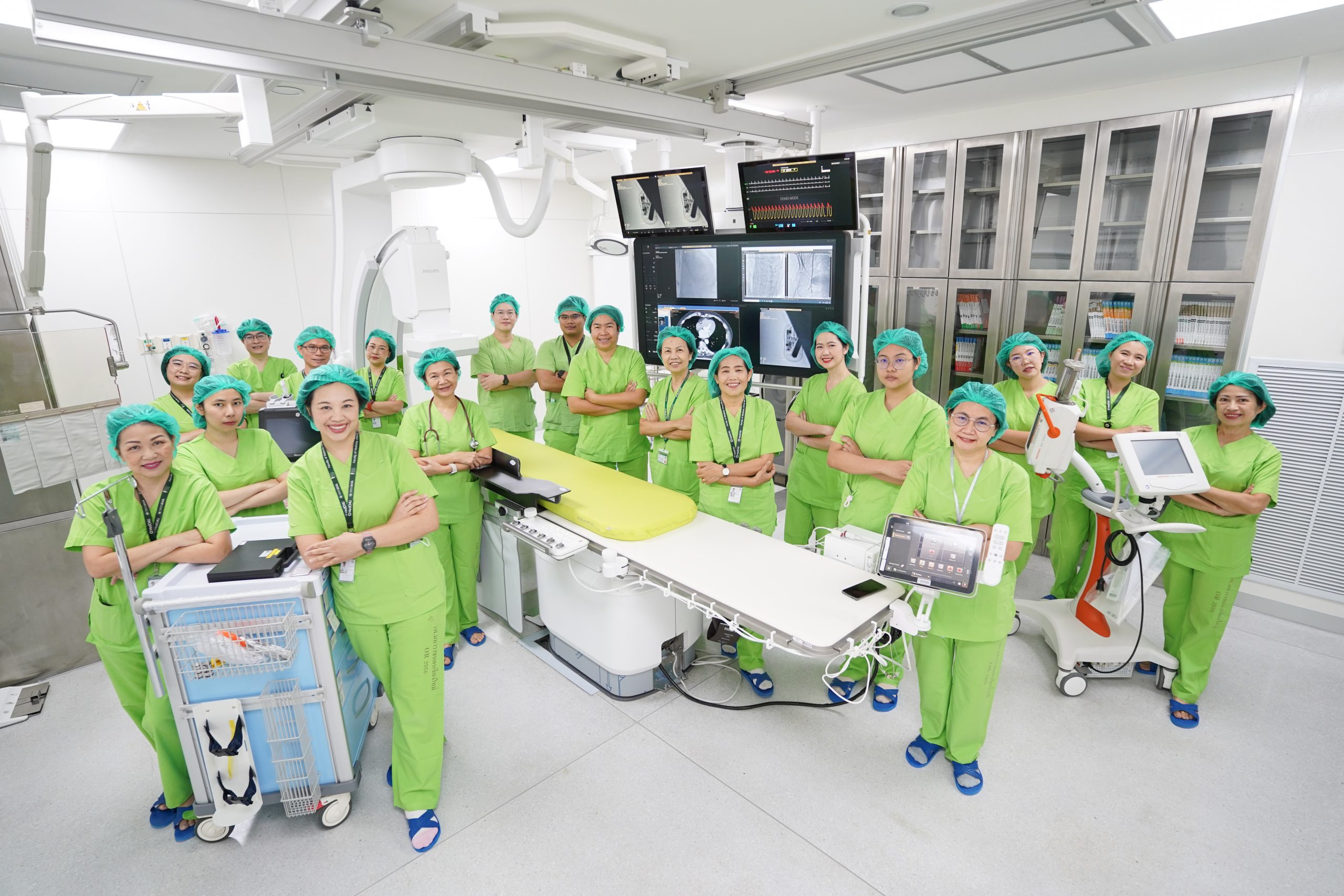News
Hospital in Northern Thailand Opens State of the Art Cardiac Center

The Maharaj Nakhon Chiang Mai Hospital in northern Thailand has implemented a new cardiac center that improves the prognosis for patients in critical condition following a heart attack. The hospital is the only institution in Thailand to combine a Catheterization Lab (Cath Lab) and cardiac magnetic resonance imaging (MRI).
“At other hospitals, they are in separate zones or even on different floors,” said Associate Professor Dr. Pannipa Suwannasom, an interventional cardiologist and faculty member.
Faculty dean and special expert Prof. Dr. Bannakij Lojanapiwat said, “Patients with acute coronary syndrome need urgent medical assistance. “The integration’s goal is to minimise “door-to-door” time, which improves the patient’s chances of survival and recovery. Time is of the essence.”
The hospital’s emergency department (ER) is now the largest one-stop-service ER in Northern Thailand due to the addition of a catheterization laboratory (Cath Lab) and cardiac magnetic resonance imaging (MRI). “This move can save lives,” said the hospital’s director, Asst Prof Dr. Narain Chotirosniramit.
Cardiac Center Critical to survival
The hospital supplies “smart ambulances” because they know that prompt care can save patients’ lives. Dr. Bannakij noted that it is possible to assess a patient’s health status in transit because to the sophisticated equipment available in modern ambulances. This ensures that the appropriate personnel and resources are available as soon as the patient enters the hospital.
Within 30 minutes, our staff should be able to perform the urgently required procedure. Dr. Bannakij concluded that this increased the patients’ likelihood of survival.
The standard of care states that a patient with heart failure who presents to the emergency room must receive an electrocardiogram diagnosis within 10 minutes and undergo surgery within 90 minutes.
After integrating the Cath Lab and Cardiac MRI into the ER, Dr. Pannipa’s medical staff now estimates that they can conduct surgery on patients within 60 minutes, saving an average of 19 minutes each patient.
Dr. Narain stated that prior to the integration, it would take between 10 and 15 minutes to transport patients from the emergency room to the catheterization laboratory located on the eighth floor.
Faster treatment “does not just save lives,” Dr. Pannipa emphasised; it also reduces the severity of complications from heart disease.
Cardiac MRI: What Is It?
According to Associate Professor Dr. Arintaya Phrommintikul, Director of the Centre for Medical Excellence and Lecturer in Medicine at CMU, the ability to see blood flow in four dimensions is a major benefit of cardiovascular MRI in the diagnosis, assessment of risks, and monitoring of treatment outcomes of cardiac conditions.
She explained that because to advancements in technology, doctors can more confidently diagnose myocarditis in patients and better organise surgical procedures.
Pre-Operative CT 3D Printing and Virtual Reality Advanced Cardiac Imaging are now tools available to the medical team, and they are making a big difference in complex patients.
Dr. Arintaya claims that several critically ill patients have been flown to the Maharaj Nakhon Chiang Mai Hospital from other facilities.
Patient classification
According to Pannipa, there are four types of people with acute coronary syndrome. Patients with grade 1 symptoms have just minor signs of illness. The admissions staff at Grade 2 feel a constriction in their chests. Pulmonary edoema (fluid in the lungs) affects those in Grade 3, while shock affects those in Grade 4.
All Grade 1 patients usually make a full recovery, I can assure you of that. Between 2% and 3% of people in Grade 2 die from their condition. This increases to almost 5% by the third grade. But by fourth grade, the odds of making it are barely half as good,” she said.
First heart failure cardiac center in Thailand
Dr. Arintaya claims that the CMU Faculty of Medicine was the first in Thailand to establish a heart failure cardiac center over 20 years ago, bringing together specialists in the area to ensure precise diagnosis and effective treatment.
In order to involve them in the process of treatment planning and monitoring, our clinic has educated patients and their families about healthcare. “Patients can expect fewer symptoms, a return to normal life, and a lower risk of hospitalisation or death if they take this approach,” she said.
Keywords: cardiac center of excellence, chula vista cardiac center

































